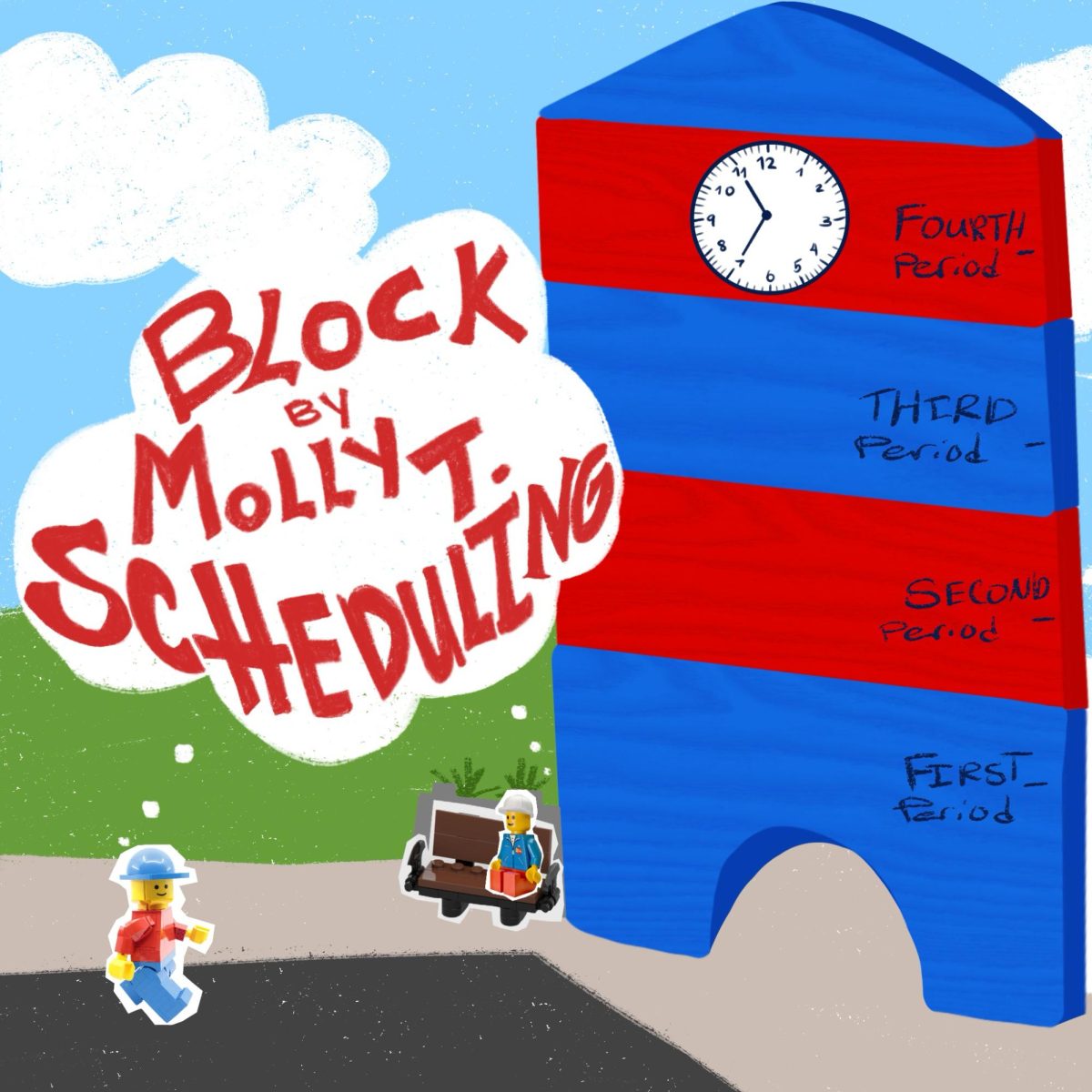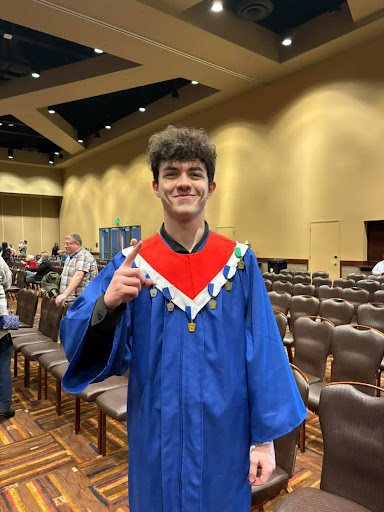LANGHORNE, PA – To block or not to block block scheduling? After years of discussion, Neshaminy High School (NHS) has made a final decision not to switch to block scheduling.
On Jan. 10, an Educational Development meeting made the final decision. This decision was made over the course of 10 years with close examination.
The official committee taking part in the decision consisted of six administrators and six teachers. At each development meeting, information was collected from each department. To have a greater understanding of block scheduling, there were teachers and student council members who visited nearby schools with block scheduling.
Seeing that it was successful in other schools brought it to Neshaminy’s development meetings.
“The decision to investigate block scheduling was made in order to see if we could make improvements to the student experience,” NHS principal Stephen Garstka stated. “Our goal is to give students the opportunity to explore different content and to best prepare students for whatever is next.”
Neshaminy science teacher Kerry Hammon said
block scheduling was also considered “to determine if a transition to block scheduling would provide an avenue to eliminate teachers teaching six periods.” Hammon elaborated, “It is hard to plan, grade, work with individual students and make parental contact for that many in one day.”
If there was solid reasoning behind switching to block scheduling, why wasn’t the change made? Mr. Garstka and Mrs. Hammon specified logical points such as the struggle students may have with keeping a longer focus, being absent meaning missing double the work, and the length of each period. It would also negatively impact Advanced Placement (AP) classes.
The block scheduling that Neshaminy would have switched to is called traditional block scheduling. It splits the year in half so that there would be 90 days with the same four subjects and then they would switch halfway through the year. The implementation of block scheduling also means that there would only be four extended periods in a school day in place of eight.
This would affect AP courses as they would still have their test in May whether they took their class in the first or the second half of the school year.
On top of the teacher and administrator’s point of view, students also have a perspective on block scheduling.
“It would have left more time for instruction in class and then the ability to get work done after,” Neshaminy sophomore Eddie Zielinski explained. “The way I see the classroom structure right now is there is enough time to be taught a lesson but not enough time to do work.”
On the other hand, Kara McMullen, a Neshaminy sophomore, disagrees with block scheduling.
“We would have to shove an entire year’s worth of curriculum into half a year with twice the amount of homework,” McMullen said.
Another student who wishes to remain anonymous explained, “My opinion on block scheduling is kind of indifferent. [I] think there are some pros for block scheduling such as teachers get more time to teach and have time to communicate with students about assignments and students gain more time to work on homework and things in school, but at the same time it’s kind of hard for teachers if certain classes are insanely rowdy.”
With a mixed opinion all around, it is relieving to have a solid decision to continue on with. However, without a change to support the student and teacher body with their expressed concerns, the question remains: what positive improvements will Neshaminy make moving forward?
“We hope to start a process of creating new electives that will give students experiences in new content to help them make informed decisions about their future,” Garstka explained.













